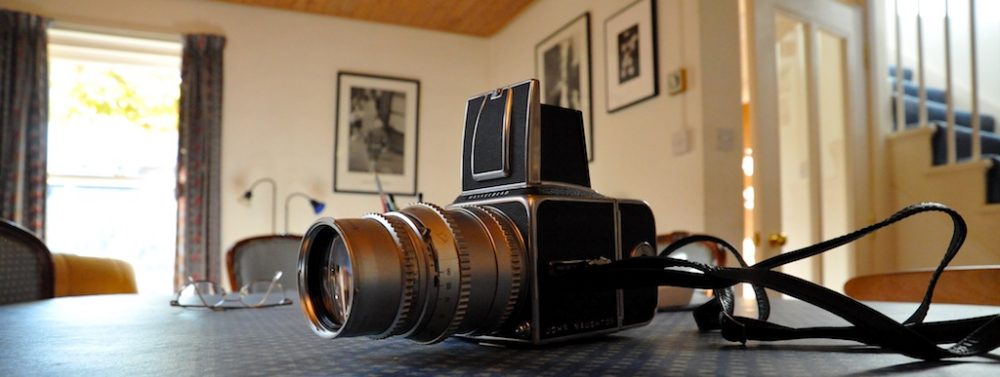Very thoughtful column by Bob Cringeley, arguing that the only way we will ever get TV over the Net is by harnessing P2P technology. Excerpt:
Twenty million viewers, on average, watch “Desperate Housewives” each week in about 10 million U.S. households. That’s 210 megabytes times 10 million downloads, or 2.1 petabytes of data to be downloaded per episode. Fortunately for the download business model, not everyone is trying to watch the show at the same time or in real time, so iTunes, in this example, has some time to do all those downloads. Let’s give them three days. The question on the table is what size Internet pipe would it take to transfer 2.1 petabytes in 72 hours? I did the math, and it requires 64 gigabits-per-second, which would require an OC-768 fiber link and two OC-256s to fulfill.
There isn’t an Internet backbone provider with that much capacity, much less excess capacity. Fortunately, it wouldn’t have to all go over a single link and could, instead, be injected centrally into the network and fan out to viewers all over the country, in which case the OC-48 and OC-192 links used by Global Crossing, Sprint, MCI and others just might be enough.
But that’s just one popular show. What will we do, then, with American Idol?
Ah, but remember Moore’s Law, which is going to increase our bandwidth dramatically over time! It doesn’t matter. Throw 250 million viewers watching 180 channels up on the Net, raise the resolution to full broadcast then raise it again to HDTV, and even Moore’s Law won’t catch up. Just carrying all the viewers of “Desperate Housewives” at the current iTunes resolution won’t be economically viable for another decade according to Moore’s Law.
I am no Luddite. IP is the future of global communication on all levels. But adding video to the mix is so bandwidth intensive that using current techniques will push back total IP conversion for decades…
Just one quibble. I don’t think it’s Moore’s Law which is giving us bandwidth increases on the scale we’re seeing, but advances in opto-electronics.

